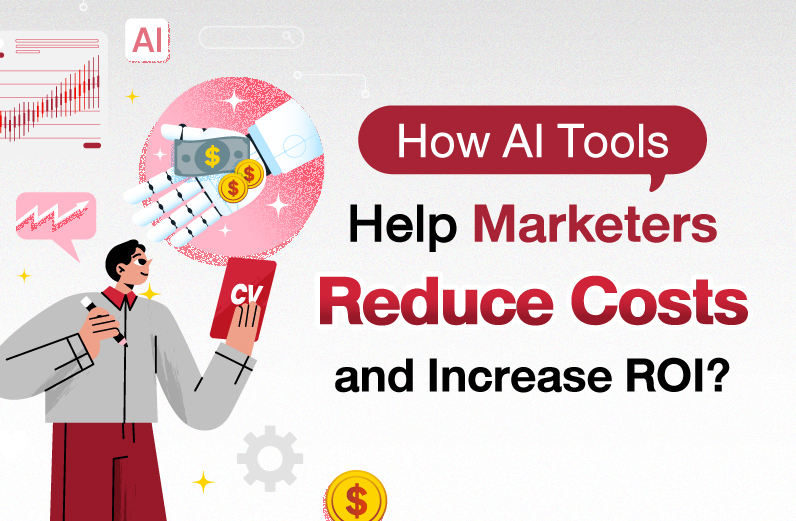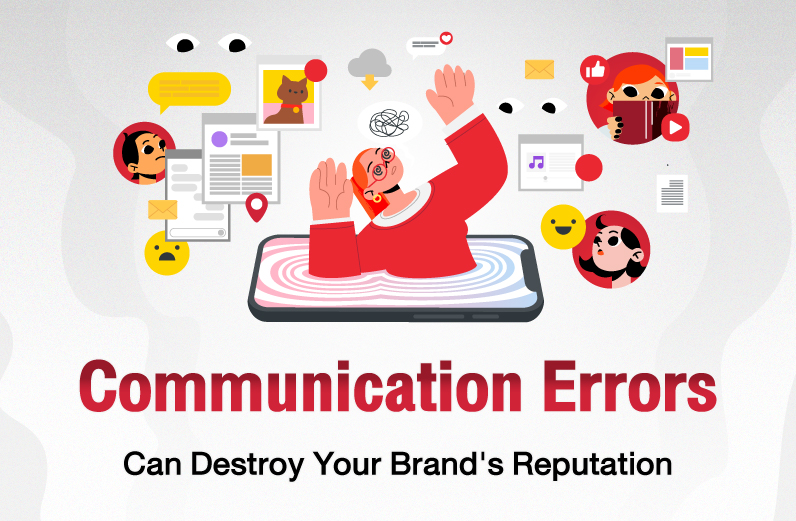Shopee, Lazada, or D2C? Which Ecommerce Channel is Right for You?
Shopee, Lazada, or D2C? Which Ecommerce Channel is Right for You?
Today’s ecommerce brands have more choices than ever when it comes to selling products online. Marketplaces like Shopee and Lazada offer massive reach, while D2C (Direct-to-Consumer) channels allow full control over branding and customer experience.
But which one is the best fit for your business—and how can you leverage all of them together?
This article breaks down the core differences, advantages, and use cases of each platform, and provides guidance on how to choose the right ecommerce mix.
Key Features of Shopee and Lazada
Shopee
• Largest active user base in Thailand
• Campaign-driven platform with strong flash sale and CPAS support
• Social features like Shopee Live and Shopee Feed encourage engagement
• MyAds ad platform is beginner-friendly and easy to manage
Lazada
• High conversion rates in fashion and lifestyle categories
• Flexible promotions: Lazada Bonus, Free Shipping Max, bundle deals
• Lower fees than Shopee for some categories
• LazLive and affiliate ecosystem help scale sales reliably
What they have in common:
• Large, ready-made buyer bases
• Year-round promotional campaigns (9.9, 11.11, Double Days)
• In-platform advertising and seller tools
What is D2C and Why Does It Matter?
D2C (Direct-to-Consumer) refers to brands selling directly to customers via their own channels, without intermediaries.
D2C platforms include:
• Brand-owned websites (e.g. Shopify, WooCommerce)
• Social commerce (LINE OA, Facebook/Instagram Shops)
• Mobile apps and loyalty portals
Benefits of D2C:
• Full ownership of customer data: CRM, loyalty, and remarketing
• Control over the shopping experience: UX/UI, design, promotions
• Higher profit per order: No marketplace commissions
• Freedom to run SEO, retargeting, and personalized campaigns
Challenges of D2C:
• You must generate your own traffic
• Requires investment in tech, operations, and logistics
• In-house customer service and fulfillment are essential
How to Choose the Right Channel for Your Brand
|
Brand Type |
Recommended Channel |
Why It Works |
|
New brands / low budget |
Shopee / Lazada |
Ready traffic, campaign support |
|
Brands with loyal fans |
D2C + Marketplace |
D2C for retention, Marketplace for acquisition |
|
Niche products |
D2C |
Better targeting and content control |
|
Mass-market brands |
Marketplace + D2C |
Marketplace for volume, D2C for margin and data |
Suggested blended approach:
• Use Marketplace for reach and traffic
• Use D2C for retention and long-term value
• Connect backend systems (inventory, CRM, orders) across all channels
How One-Stop Ecommerce Services Support Both Models
Managing Marketplace and D2C operations in parallel can be resource-intensive. That’s why brands are increasingly turning to partners like transcosmos Thailand that offer fully integrated support.
Here’s how transcosmos helps:
• Develops synchronized campaigns across Shopee, Lazada, and brand websites
• Provides unified teams for creative, media, customer service, and operations
• Connects backend systems (OMS, WMS, CRM) in real time
• Offers real-time dashboards for full-channel performance monitoring
• Executes marketplace-to-D2C migration strategies (retargeting, loyalty)
Want to expand across Shopee, Lazada, and D2C simultaneously? Learn more about transcosmos' One-Stop Ecommerce Services
Final Thoughts: It’s Not “Where” You Sell—It’s “How” You Sell Everywhere
Choosing the right ecommerce platform isn’t about picking just one—it’s about designing an ecosystem that aligns with your brand goals and customer journey.
Brands that build a smart, connected strategy across Shopee, Lazada, and D2C channels gain advantages in:
• Data ownership
• Profitability
• Customer retention
And with the right partner, managing these platforms becomes not only possible—but scalable.






